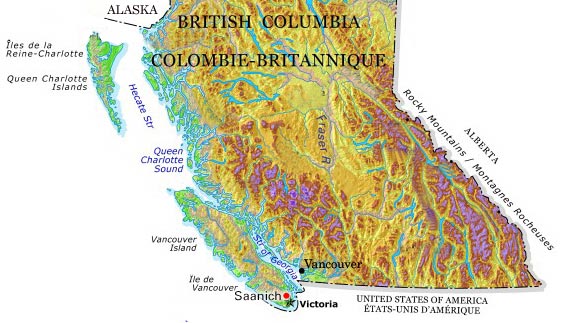Article
Rupert's Land
Rupert’s Land was a vast territory of northern wilderness. It represented a third of what is now Canada. From 1670 to 1870, it was the exclusive commercial domain of the Hudson’s Bay Company(HBC) and the primary trapping grounds of the fur trade. The territory was named after Prince Rupert, the HBC’s first governor. Three years after Confederation, the Government of Canada acquired Rupert’s Land from the HBC for CAD$1.5-million (£300,000). It is the largest real estate transaction (by land area) in the country’s history. The purchase of Rupert’s Land transformed Canada geographically. It changed from a modest country in the northeast of the continent into an expansive one that reached across North America. Rupert’s Land was eventually divided among Quebec, Ontario, Manitoba, Saskatchewan, Alberta and the Northwest Territories.







